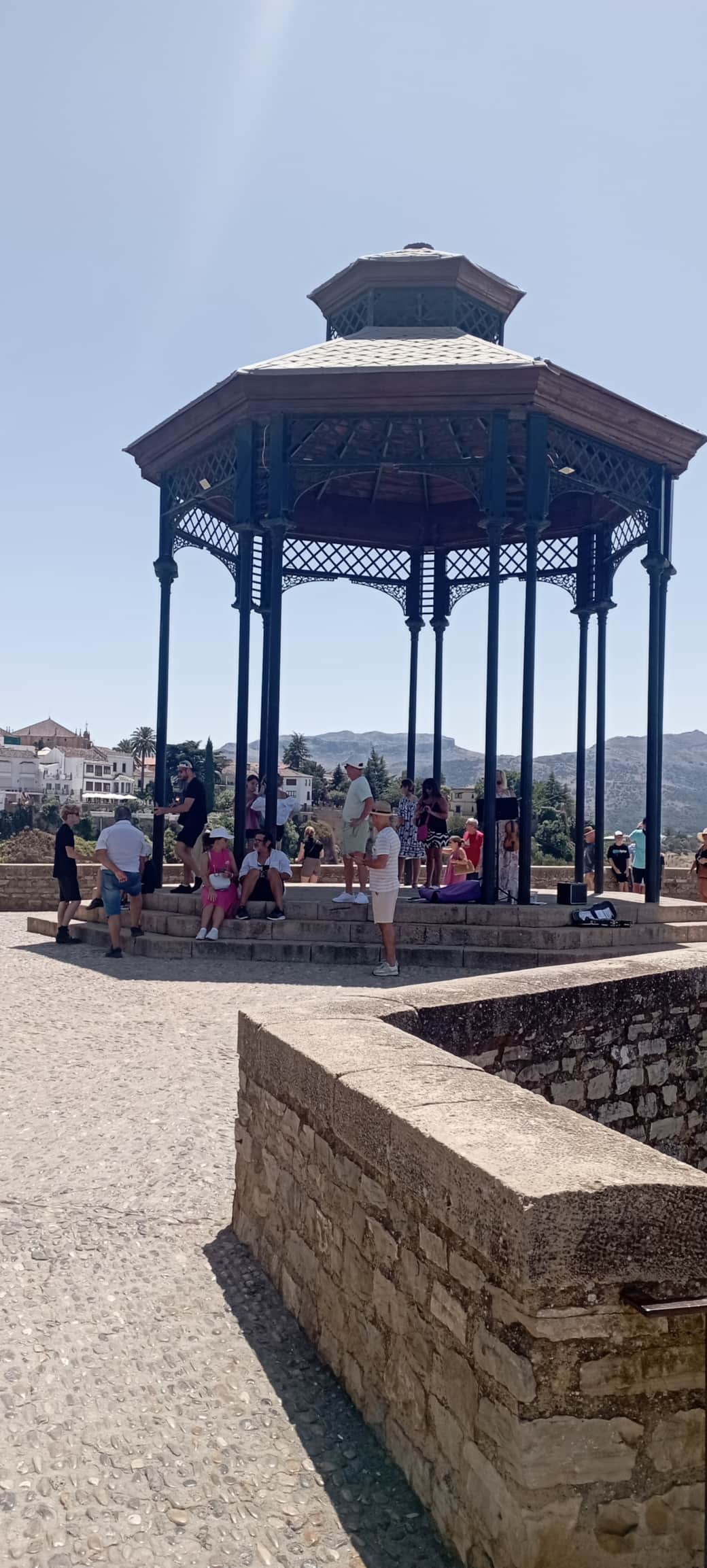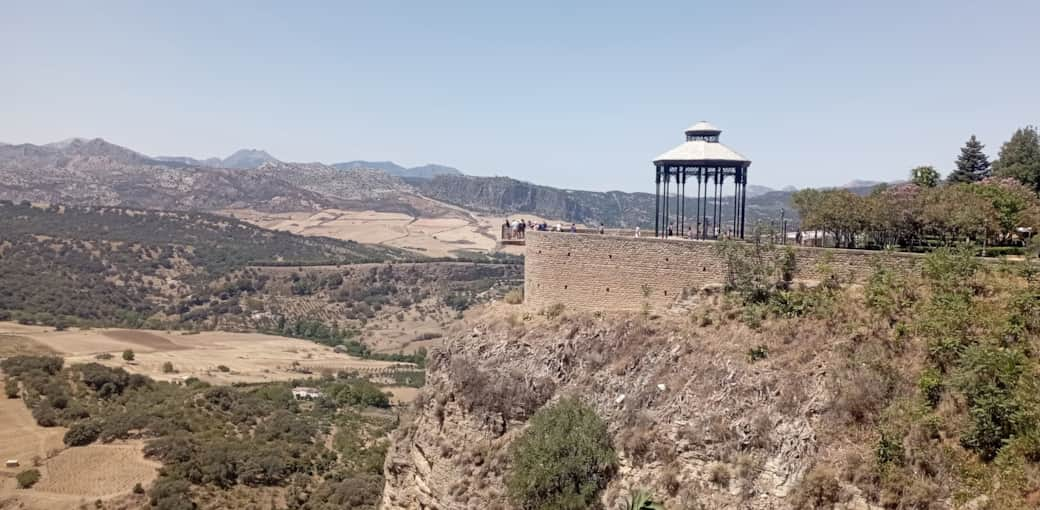Ronda is known to be one of the oldest towns in Spain, with remains from prehistoric settlements of the Neolithic period evident in the cave paintings of the nearby 'Cueva de la Pileta'. The Celts were the first settlers of Ronda in the 6th Century B.C., giving the town its original name of Arunda.
Ronda has Roman ruins, Arab baths, museums, churches, plazas and streets littered with bars and restaurants of all types. Flamenco music is an integral part of the culture in Ronda.
Ronda is a mountaintop city in Spain’s Malaga province that’s set dramatically above a deep gorge.
The Tajo de Ronda is a gorge about 100 meters deep. Through this the Guadalevín river goes and separates the city’s 15th-century new town from its old town, dating to Moorish rule.
The Puente Nuevo, known as the New Bridge, is built from stone and a great symbol of the city. The New Bridge was built between 1759 and 1793, after the collapse of the old bridge which had been built in 1735 but collapsed just 5 years later causing the death of about 50 people. The works were overseen by José Martín de Aldehuela.
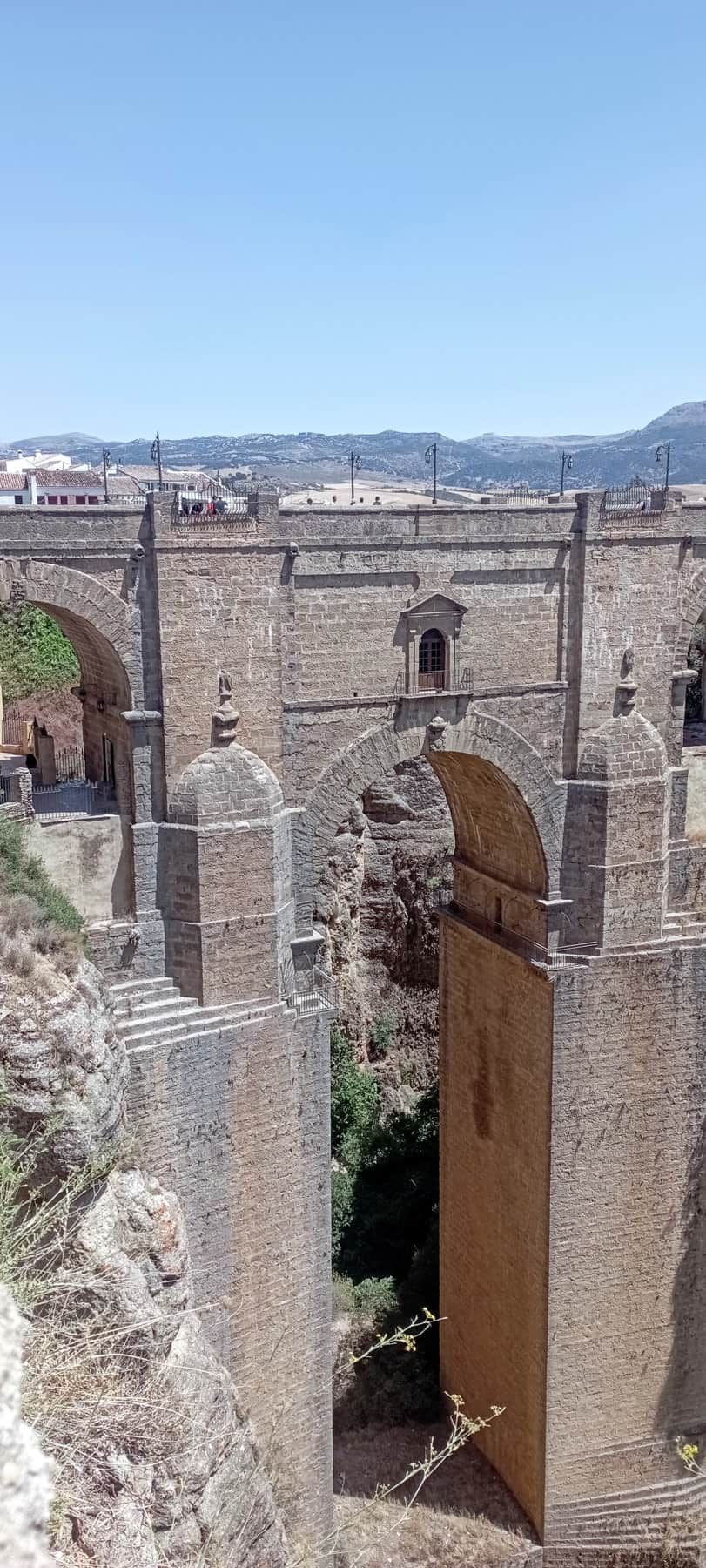

New town’s Plaza de Toros, is a legendary 18th-century bullring in Ronda.
The building began its works in 1780 and after a temporary suspension of the works, it was concluded in 1785, under architect Martin de Aldehuela being considered one of the oldest in Spain.
With a diameter of 66 metres (217 ft) the arena is considered the largest in the world and is surrounded by an alley formed by two stone rings. The lines have five rows of two-story stands, with 136 columns forming 68 Tuscan Column arches, except for the one in the Royal Box. Covered with a gabled roof of Arabic tiles, the elegance of its interior has no equal in any other bullring.
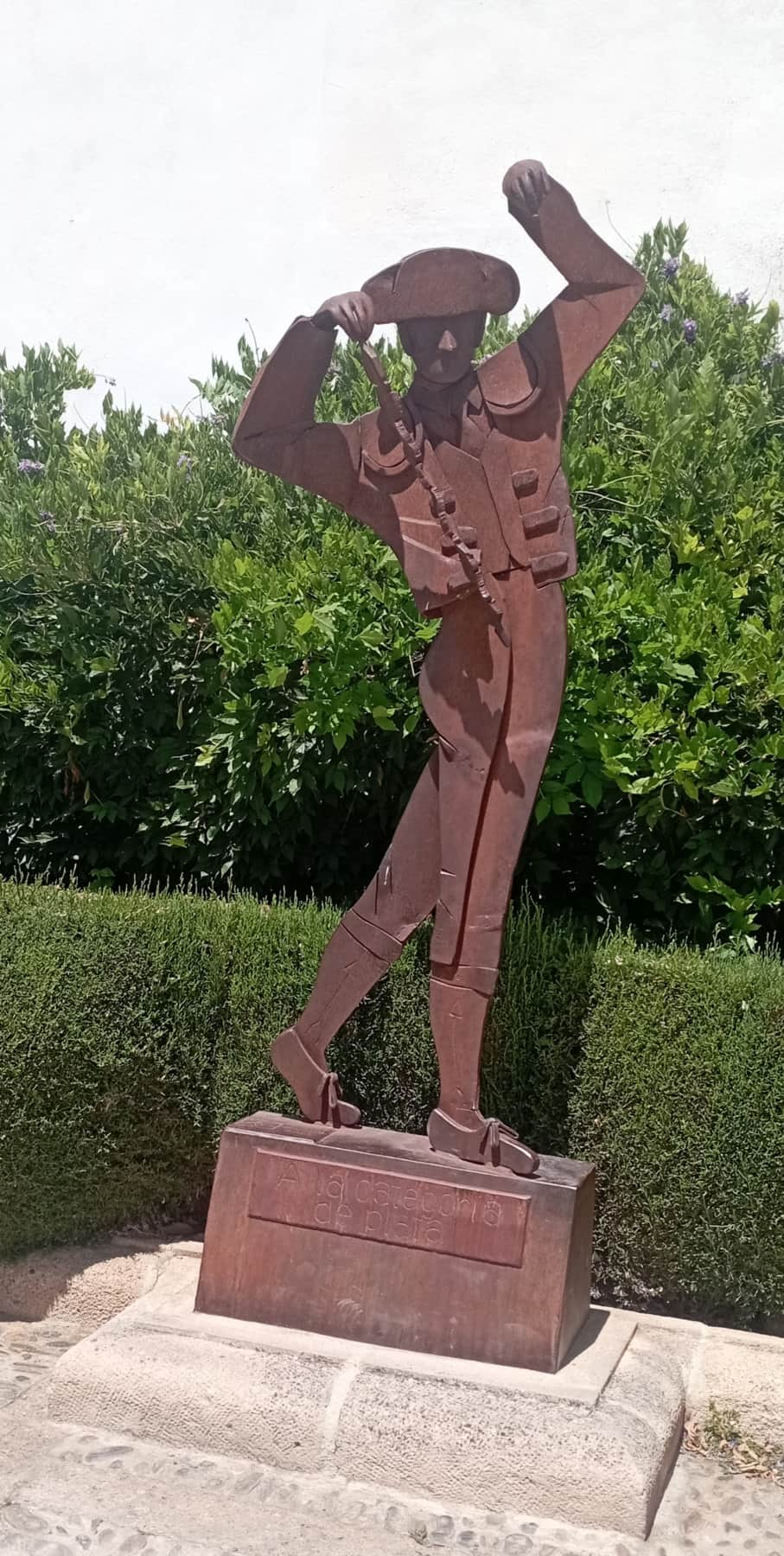
Ernest Miller Hemingway (1899-1961)
Arrived in Spain in 1936 as a journalist at the outbreak of the Spanish Civil War. During that time he learned to love Spain and the Spanish way of life.
In his short story Death in the Afternoon, on the subject of the Spanish Civil War and bullfighting, Hemingway wrote: There is one town that would be better than Aranjuez to see your first bullfight in if you are only going to see one and that is Ronda. That is where you should go if you ever go to Spain on a honeymoon or if you ever bolt with anyone. The entire town and as far as you can see in any direction is romantic background
He also of course wrote For Whom the Bell Tolls” and posthumously “The Dangerous Summer
Orson Welles (1915 - 1985)
Welles first visited Ronda in the 1950s while filming the movie “The Lady from Shanghai” and was captivated by the town’s stunning landscapes and historic architecture. He later bought a house there and spent much of his time in Ronda during the 1960s and 1970s.
He also made several films in and around Ronda, including the unfinished “Don Quixote” and the documentary “The Spanish Earth.” In addition to his film work, he was known for his love of bullfighting and frequently attended matches in the town’s historic bullring, the Plaza de Toros.
After his love affair with Spain and all things Spanish, his ashes rest at the bottom of a well on a country estate in Ronda, which belonged to his great bullfighting friend Antonio Ordoñez.
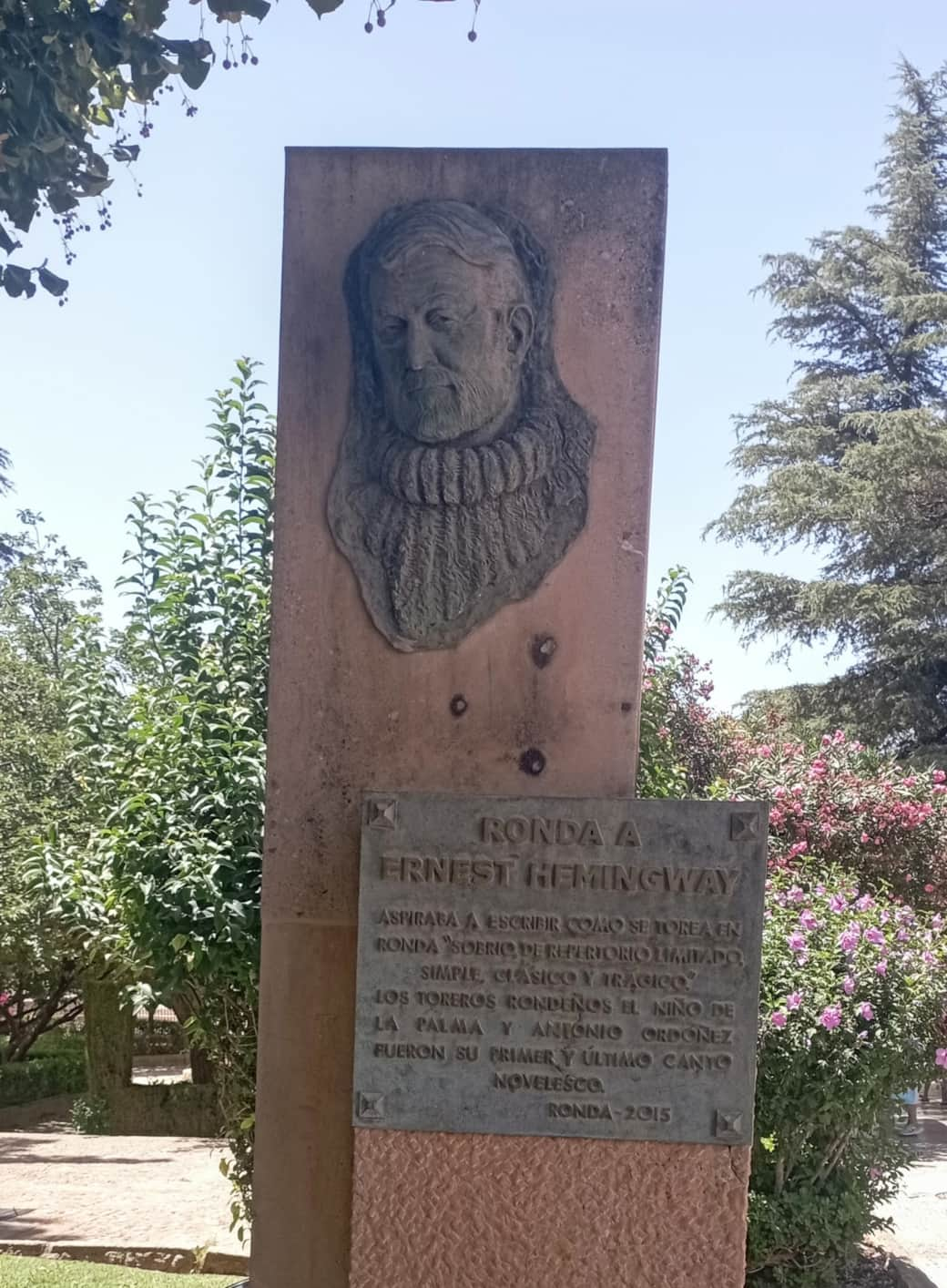
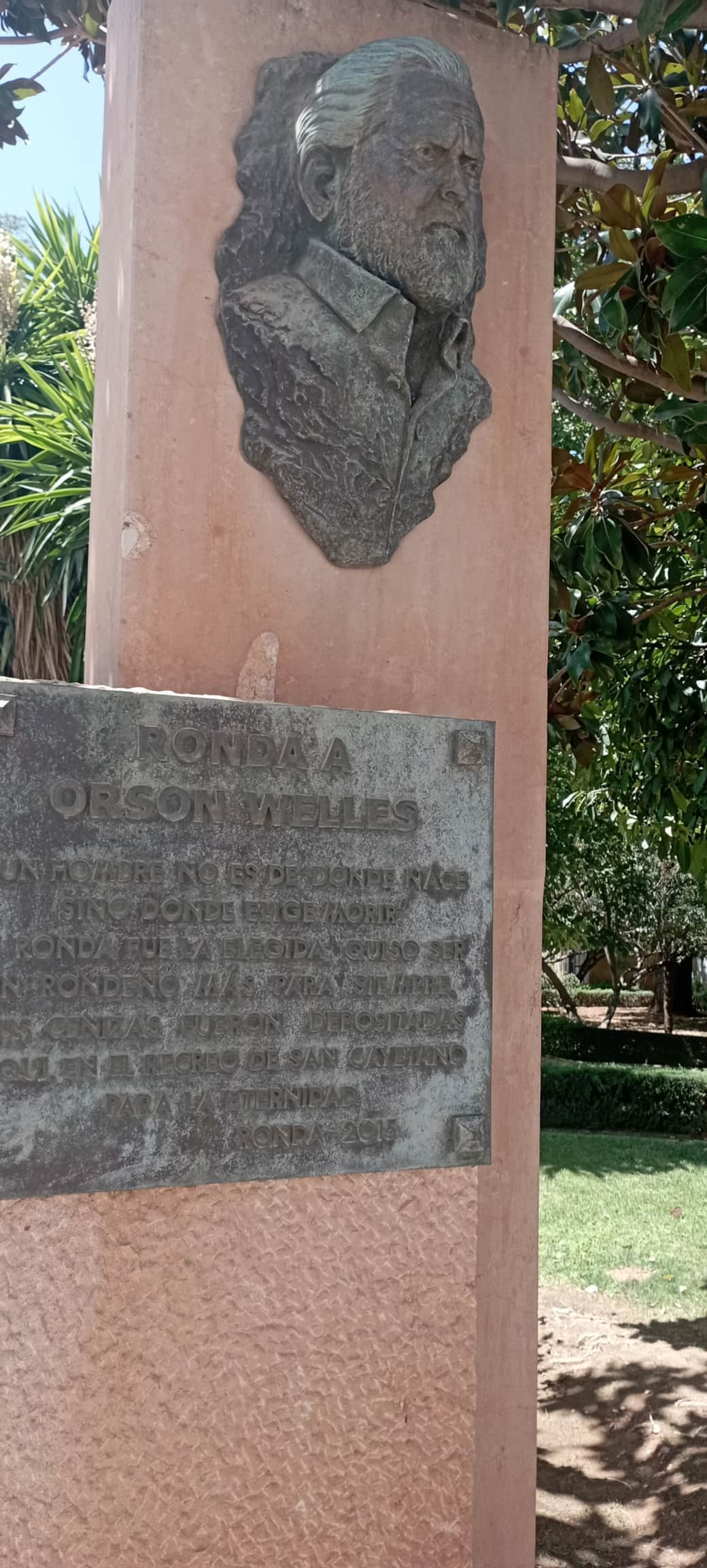
Alameda Park
What a beautiful shady area in the heat of the day. Established trees and plants give the area a calmness there is also fountains and a central walkway that leads to the viewing platforms over the gorge.
Our entry to the park was greeted by a beautiful statue of a lady - that I promised to find out about. Mission accomplished
Since the start of the Corrida Goyesca in Ronda’s September fair in 1954, the Damas Goyesca of Ronda have been the official representatives of the city, and welcoming committee for visiting dignitaries.
The role is exceptionally demanding, not only from the level of responsibility, but also from the long schedule of training, and gown fittings before the build up to the week’s festivities.
So exceptionally popular have been the Damas Goyesca, that in 2009, a bronze statue of a Goyesca lady was placed in opposite the statue of Pedro Romero, Ronda’s most famous bullfighter.
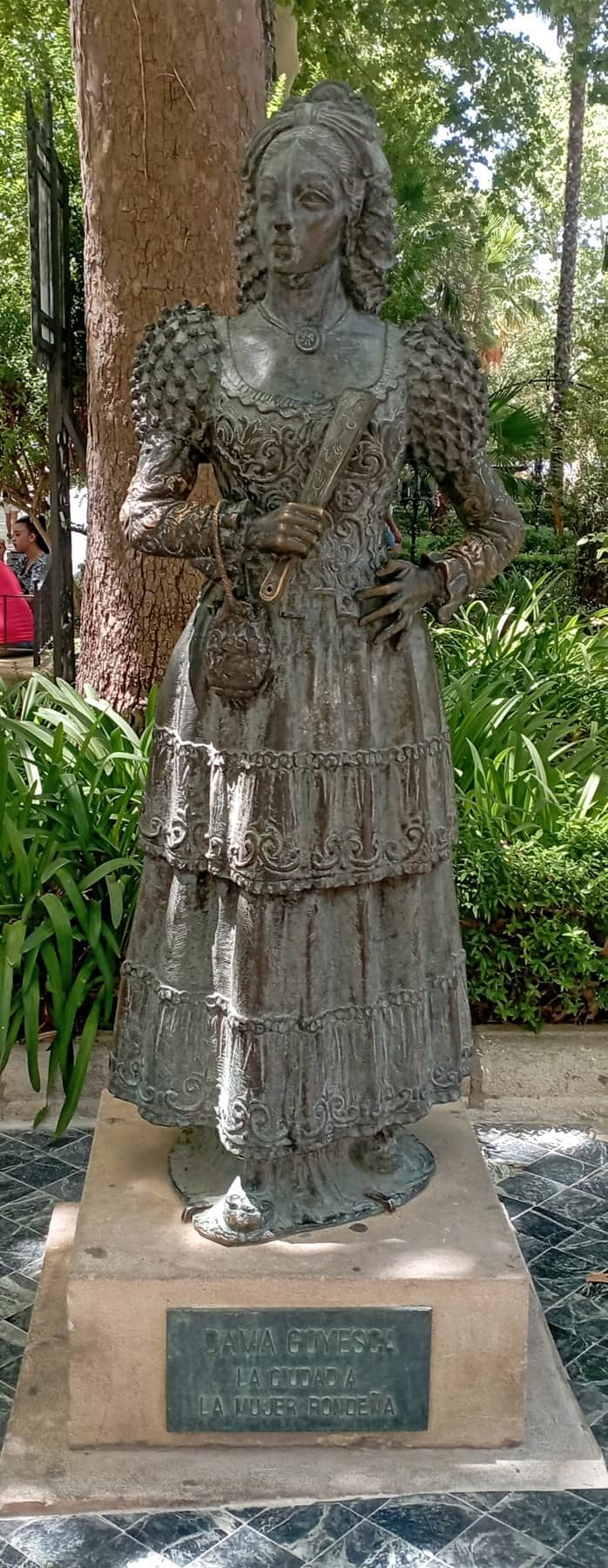
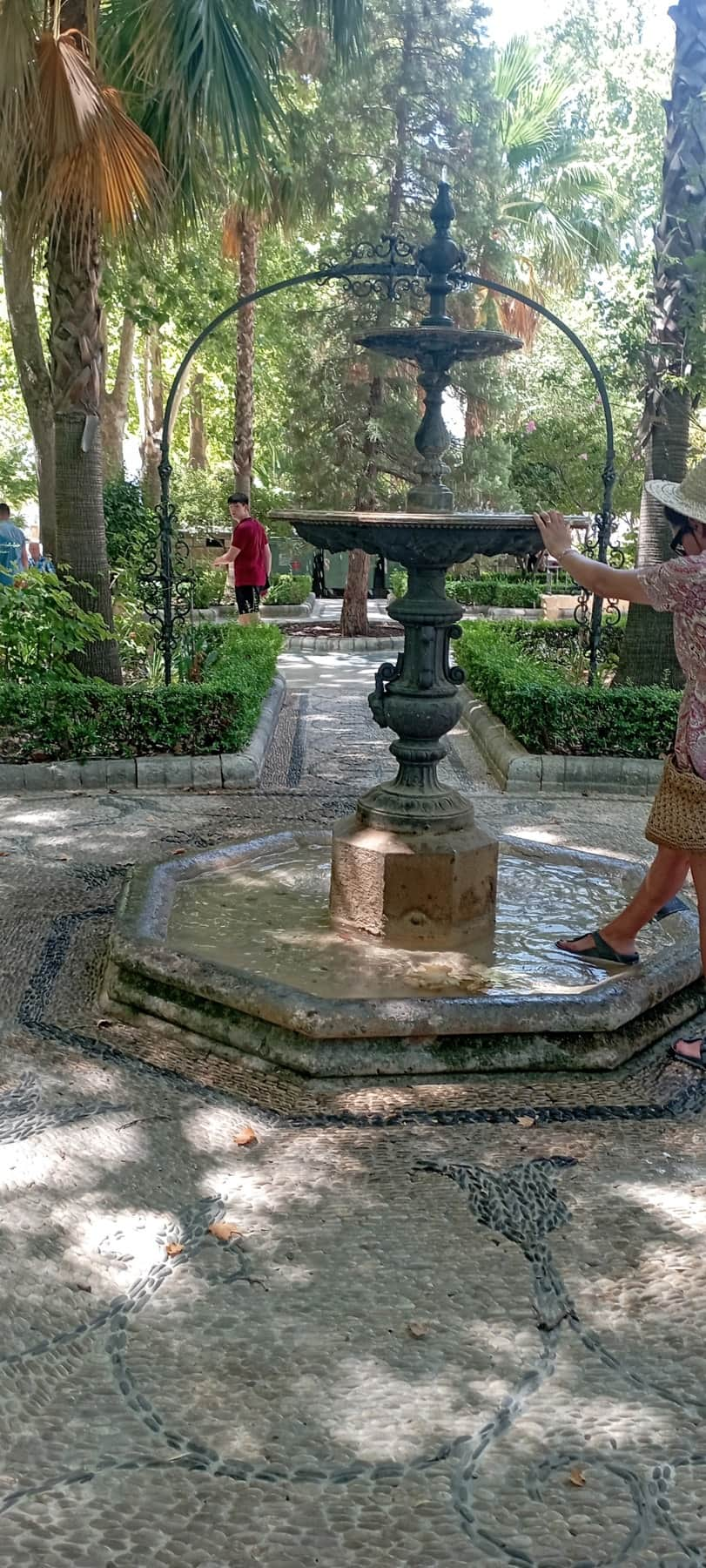
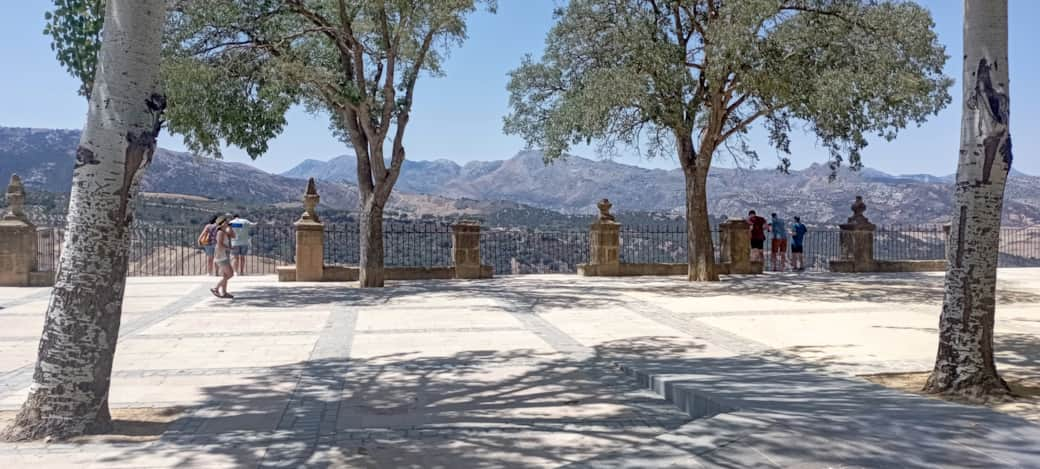
A little further after Alameda Park and the viewing platforms is a beautiful band stand with a tiled roof but wooden inner ceiling.
There was a lady playing a violin through an amplifier that could just be heard from the park and it was lovely to hear her play.
Once we walked away and around the corner I took the last shot showing the bandstand, the viewing platforms jutting over the gorge and the stunning scenery.
If you get the chance, you must add Ronda to your must see list.
